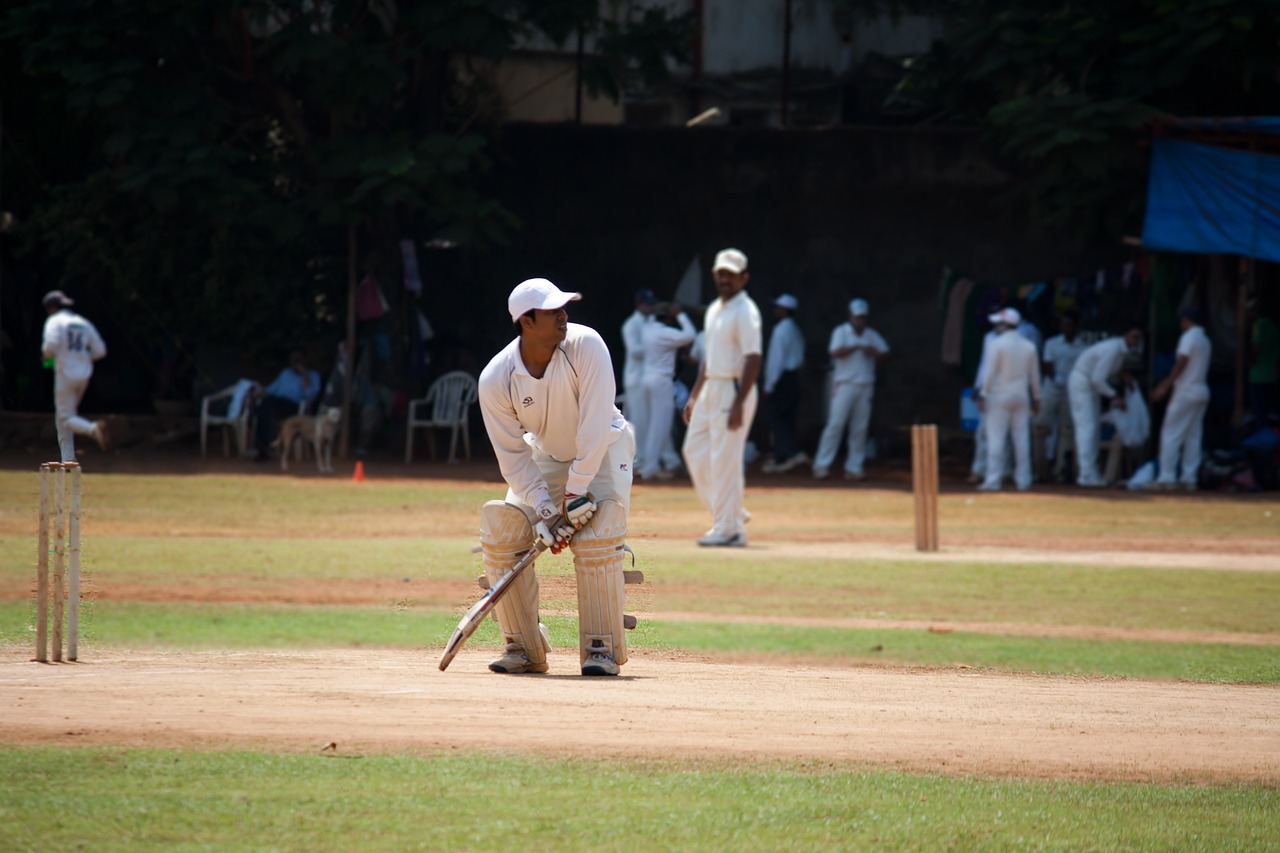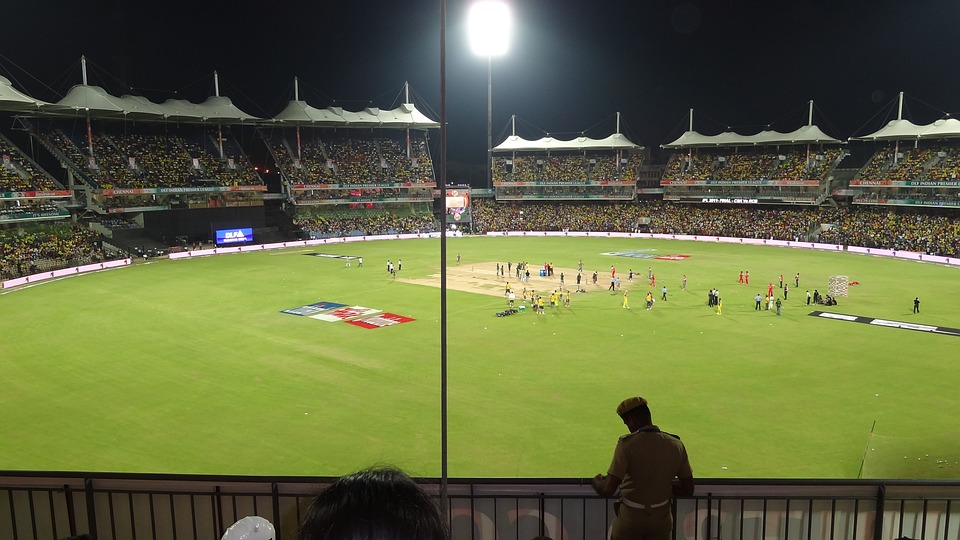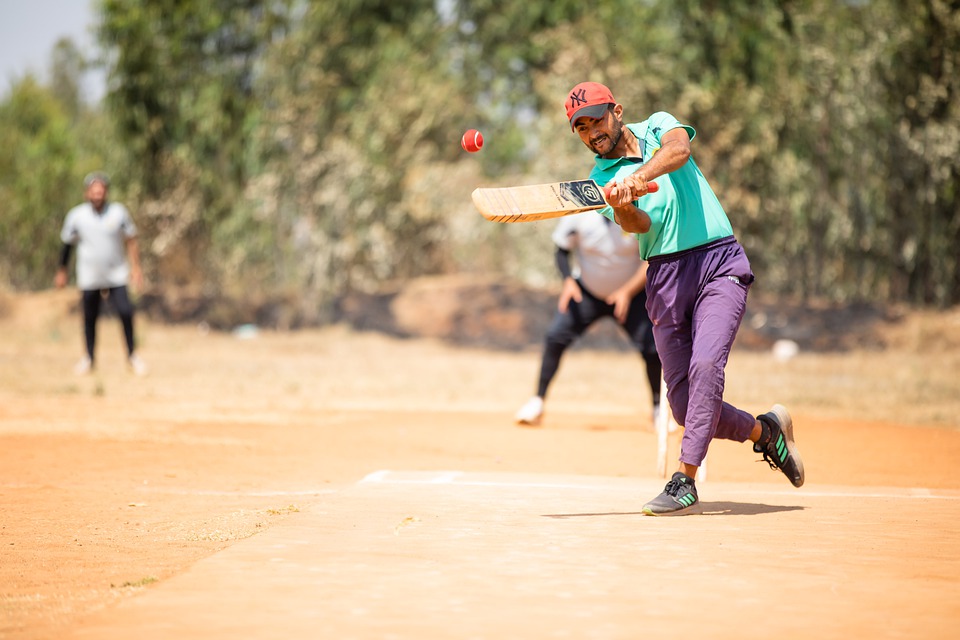The Historical Journey of Cricket in India
Sam Baracchi |
According to the history books, cricket was played for the first time in India in 1721 when British sailors played local Indian merchants near Kutch in Western India.
The ruling British introduced it as a means of integrating the local Indian population with the cultural norms of Great Britain. Since it was first introduced, cricket has become deeply entrenched in society and is now the country’s number one sport.
Let’s dive straight in and take a closer look at the history of cricket in India, how it has evolved over the years, key milestones, and its cultural significance in Indian society.
When was cricket first introduced to India?
After being introduced during colonial times to India by the British in the 1700s, the nation’s first official cricket club, the Calcutta Cricket Club, was founded in 1792 by British expatriates who had worked for the East India Company.
The 1800s
Around a decade after forming, other cities, including Madras and Bombay, formed their own cricket clubs. In the 1800s, cricket was mainly played by the Indian elite and the ruling British. In 1877, the first Indian Parsi community-based cricket team was established. They called themselves the Oriental Cricket Club.
Although the club didn’t last, it caused several others, including the Young Zoroastrians Club and Hindu Gymkhana, to start popping up.
Towards the end of the century, cricket had already captured the hearts of Indians nationwide. Its popularity grew exponentially when Colonel Kumar Sri Sir Ranjitsinhji Vibhaji II popularised the sport by becoming the most talented batsman that Indian had ever produced.
The 1900s
Between 1907 and 1933, he became the official ruler of the Indian princely state of Nawanagar. During his time as a player, he popularised the sport by bringing his unique style and flair to the game and having brief successful spells at London County, Sussex, and Cambridge University.
He alone was one of the most significant contributing factors that helped grow cricket’s profile in India in the early 20th century.
In 1928, the ICC admitted India as a full member, granting them test match status shortly after the Board of Control of Cricket (BCCI) was formed.
They lost their first test match to England in 1932 at Lords and won their first test match against England in Chennai in the 1951-52 series. Their dominance in the sport didn’t come until the 1990s, and the man often credited with their success is Sachin Tendulkar, also known as The Little Master.
They won the 1983 ICC Cricket World Cup, which captivated the nation, inspired young Indian cricketers, and ushered in a new era. India had become a force to be reckoned with in the cricket world and continued to be a dominant force in the sport from the early 20th century until now.

The 2000s
The Indian Premier League (IPL) is now the world’s most prominent domestic cricket league, and it continues to inspire young Indians and take cricket to exciting new heights.
Today, cricket is a national obsession. The country continues to produce the world’s best cricketing talent and remains a powerhouse after coming from humble beginnings.
More people than ever watch, play, and bet on cricket, and their love for the sport grows stronger each day. The IPL’s profile across the globe also continues to grow exponentially each year.

Key Milestones
Here are a few key milestones in the historical journey and evolution of cricket and cricket history in India over the past three centuries, since it was first introduced in the 18th century up until the present day:
- Cricket was introduced in India by the British in the 1700s
- The Calcutta Cricket Club was formed in 1792
- The first recorded century on Indian soil occurred in 1802
- The Parsis formed the Oriental Cricket Club, the nation’s first Indian community-based cricket club, in 1848
- Sir Ranjitsinhji Vibhaji Jadeja, who played from the late 1800s into the early 1900s, became the greatest cricketer India had ever produced
- The BCCI (Board of Control for Cricket in India) was formed in 1928
- India played their first test match against England in 1932
- India won its first Test match in the 1951-52 series against England and won its first-ever test series against Pakistan in 1952
- Indian won the ODI Cricket World Cup in 1983
- Sachin Tendulkar was a key player in maintaining India’s dominance as a cricketing nation in the 90s
- India won the ICC Champions Trophy in 2002
- India won the Twenty20 (T20) World Cup in 2007
- The Indian Premier League (IPL) was formed in 2008, and at the conclusion of the season, Forbes estimated the value of each IPL franchise to be worth $67 million
- India won the ICC Champions Trophy in 2013
- India won its first-ever Australian test series in 2018-2019
- In 2023, Forbes estimated each IPL franchise to be worth around $1 billion
The cultural significance of cricket in India today
Cricket has captured the imagination of Indians more than any other sport, and their dominance on the global stage has given the country a sense of national pride.

The sport transcends numerous boundaries, including religious, geographical, ethnic, cultural, political, and social, and has the ability to unite Indians of all ages and backgrounds.
Cricket has also been said to foster a range of positive emotions and social interactions among anyone with a shared love for the sport.
What’s next for cricket in India?
India’s next big chance to shine on the global cricket stage is at the 2024 ICC Men’s T20 World Cup, which is scheduled to run from June 1 – 29 at venues across the United States and West Indies.
The format includes a group stage at the start of the tournament, followed by Super 8s and a knockout stage. It will be the ninth edition of the Twenty20 (T20) biennial cricket competition.
India are the current odds-on favourite team to win at 14/5 in fractional odds, which equates to +280 in the American/moneyline odds format and 3.80 in the decimal odds format.
Therefore, India has a 26.30% implied probability rate of winning the 2024 ICC Men’s T20 World Cup outright. In comparison, Australia, the second odds-on favourite, are currently priced at around 15/4 (+375 or 4.75), with a 21.10% IPR, followed by England at 5/1(+500 or 6.00), with a 16.70% IPR.
Whether they win or lose at the upcoming T20 Cricket World Cup, cricket will remain a significant part of India’s national identity, and the outcome will only enhance the strong sense of nationalism and patriotism it fosters.


Leave a comment